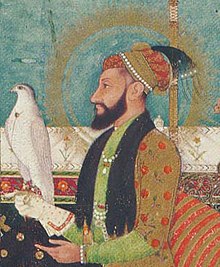The Death of Aurangzeb: Historical Significance and Impact

Introduction
Aurangzeb, the last prominent ruler of the Mughal Empire, died on March 3, 1707. His death marked a pivotal moment in Indian history, leading to significant changes in the political landscape of the subcontinent. Understanding the events surrounding his demise and its aftermath is important for tracing the decline of Mughal power and the rise of regional kingdoms.
The Death of Aurangzeb
In the later years of his reign, Aurangzeb faced numerous challenges, including constant military engagements and growing dissent among his subjects. Dying at the age of 88, Aurangzeb’s health had been declining, and he spent his last days in the city of Ahmednagar in Maharashtra. Reports indicate that his final moments were filled with reflections on his rule and the civil strife that enveloped his empire.
Immediate Aftermath
Following Aurangzeb’s death, the Mughal Empire was plunged into a power struggle. His long-standing policies, particularly his attempts to enforce Islamic law and suppress non-Muslim practices, had alienated significant portions of the population. His death ignited a series of succession conflicts among his sons, leading to further fragmentation of the empire. This period is characterized by a rapid decline in central authority and an increase in the power of regional leaders, such as the Marathas and Sikhs.
Historical Significance
Aurangzeb’s death is not just significant for the decline of the Mughal Empire; it also paved the way for emerging powers in India. The Maratha Empire capitalized on the Mughal weakness, expanding its territories considerably. Conversely, the Sikhs, under the leadership of Guru Gobind Singh, began to organize against Mughal oppression, which ultimately led to the establishment of a separate Sikh identity.
Conclusion
The death of Aurangzeb on March 3, 1707, symbolizes a crucial turning point in Indian history. It signaled the beginning of the end for the Mughal Empire and the rise of regional powers. Understanding this critical transition allows historians and enthusiasts to appreciate the complexities of India’s historical evolution. The legacy of Aurangzeb’s reign continues to influence discussions on religious tolerance, governance, and national identity in contemporary India.









